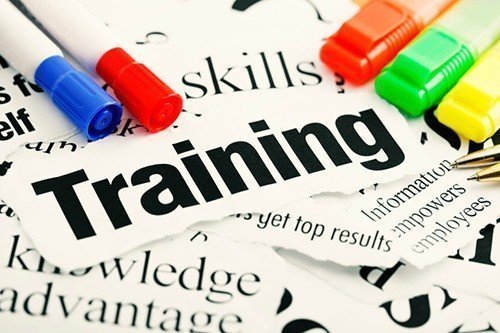It?s the start of the year, and the departmental heads along with their Human Resources partners are busy identifying ways to develop the team so that they can stay competitive. Over the years training has become a feel good factor and is linked to good food and a day off, basking in a good hotel.
Sadly, the departmental heads and the training manager spend more time on deciding the menu rather than making the program design. Inability to measure the efficacy of training programs has led to this rot, now as a manager, if you are genuinely interested in up-skilling your team, how do you put up measurement metrics to demonstrate the efficacy of the programs. If you can measure the efficacy, getting the budget approved by your manager or the finance team would be a cakewalk.
Kirkpatrick, a veteran of this field has published taxonomy of different kinds of data that can be used in evaluating training programs in organisations as well as other HR-interventions. Let us take a look at them.
Reaction:
This is the first level of measurement and measure as to how does the participant feel about the training session that they have just attended? What is their degree of satisfaction?
You May Also Like To Read:?How To Become A Champion In End User Training
Questionnaires are the most common examples of a reaction gauge, for example, the satisfaction of the participants with the program content or the trainer?s delivery style. Best practice is to run anonymous surveys so that you can garner honest reactions. This is the most widely used method to evaluate the training programs. The results of such surveys reflect a moment in time response, but normally the program goals go beyond making participants happy. Selecting a good hotel or an elaborate food menu caters to scoring well on this segment.
Learning:
This is the second level of measurement and checks to what extent have the participants absorbed or imbibed the knowledge and skills imparted in the program and to what level have their attitudes changed?
To detect learning improvements, you can assess the participants on their learning from the program. You can make the results from this evaluation objective found using knowledge tests, administered before and after the training program.
Behavior:
This is the third level of measurement and checks to what extent has behaviour at work changed as a result of attending the training program?
The goal is to assess the behaviour change of the participants. Simple methods of getting evidence here are open questions, asking the participants to describe what they did differently after the program, or asking their managers. A little complex but more robust method is to observe and measure participants? behaviour changes before and after the training
Results:
This is the fourth level of measurement and checks to what degree have the company?s core metrics been impacted by the training program?
Data from the fourth level of measurement is often hard numbers like the profits, return on investment, sales, production quality, quantity, schedules being met, cost ratios, staff attrition, employee grievances, and staff engagement.? These data points are important and relate directly to the annual business plans.
While doing the assessments gather data from multiple sources make sure you have practical evaluation methods. It is relatively easy to find ?evidence? of changes for each level by comparing pre- and post-assessments. However, it ‘s hard to obtain ?proof? that the training program has caused the changes. Using this approach you can safely garner resources for up skilling your team.
Jappreet Sethi









